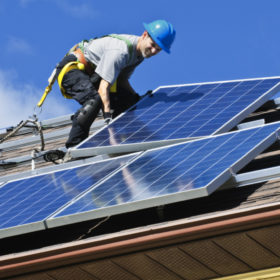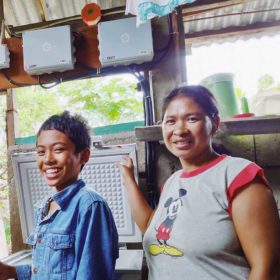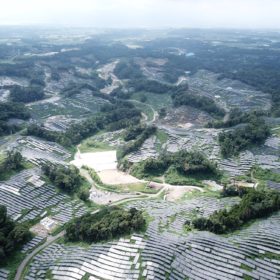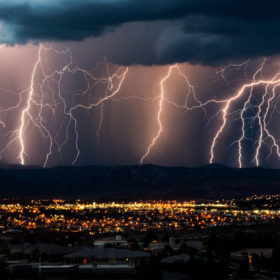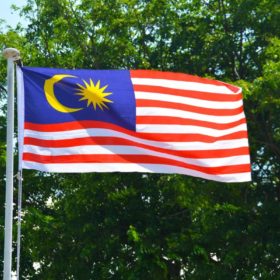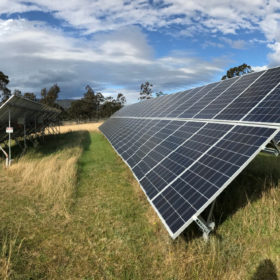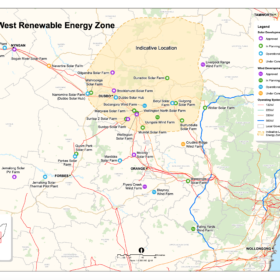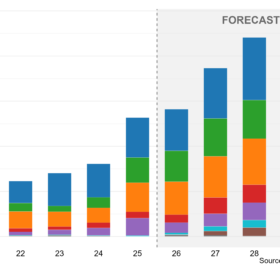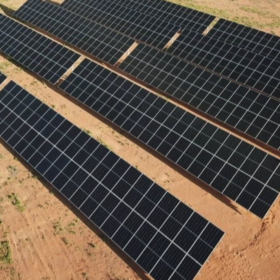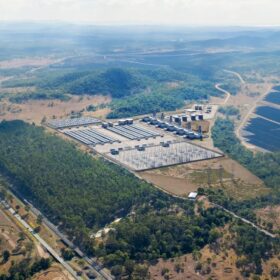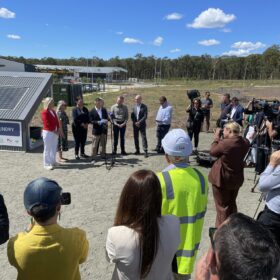Rooftop PV uptake shows no sign of Covid-19-induced slowdown, as yet
Australia’s rooftop PV fleet continues to grow in the face of uncertainty surrounding the outbreak of the pandemic, posting another big month above 200 MW. Mega-household solar systems are growing in popularity, but retailers and installers can see the storm clouds gathering.
Okra Solar’s new tech is a one-two punch against energy poverty
Okra Solar, the Aussie startup we last saw delivering solar mini-grids to remote communities via a shared ping-pong table, is emerging from Covid-19 lockdown with new investors and two new pieces of tech that will better enable solar energy access to the 900 million people around the world still lacking power.
Australia tops up solar funding to Tonga
An additional $2.9 million from the Australian Government’s Outer Islands Renewable Energy Project (OIREP) is making its way across the sea to the kingdom of Tonga in the form of solar power plants and energy storage. The project is helping Tonga to achieve its target of generating 50% of its electricity from renewable sources by 2020 and 70% by 2030.
Solar could hold advantage in post-pandemic global energy sector
The International Energy Agency has acknowledged dramatic falls in energy investment caused by the Covid-19 crisis but said renewables, including PV, offered an attractive proposition to investors as the dust settled, given their enticing economics and short turnaround times.
Japanese golf course becomes 100 MW solar park
A new 100 MWp solar power plant supplied with Kyocera solar modules has begun operation in Japan’s Kagoshima Prefecture. Operated by the Kyocera-backed Kanoya Osaki Solar Hills LLC joint venture, the plant is one of the largest PV facilities on the island of Kyushu. Venture partner Tokyo Century arranged financing for the project with 17 regional banks.
Extreme weather and electricity reliability: Resilience is key
New research by digital services company, Accenture, finds global energy-utility executives feeling underprepared for the increasing frequency of extreme weather events caused by climate change. It’s time to expand the definition of reliability.
Malaysia launches 1 GW solar tender
Sunday will herald the largest PV procurement exercise ever held in Malaysia. Half the available capacity will be directed to 10-30 MW facilities with the balance reserved for plants with capacities of up to 50 MW.
Photon Energy secures financing for two merchant solar plants in NSW
The two solar plants with a combined capacity of 14 MWp will represent the first Australian utility-scale PV projects in Photon Energy’s independent power producer (IPP) portfolio.
Juwi to build renewable energy hub in regional Western Australia
The German-headquartered project developer has signed a deal with Pacific Energy’s subsidiary Contract Power to build a hybrid renewable energy project that will power the town of Esperance.
NSW seeks expressions of interest for 3 GW renewable energy zone
Solar, wind and energy storage companies have until June 5 to express interest in building parts of the 3 GW renewable energy zone in New South Wales.
